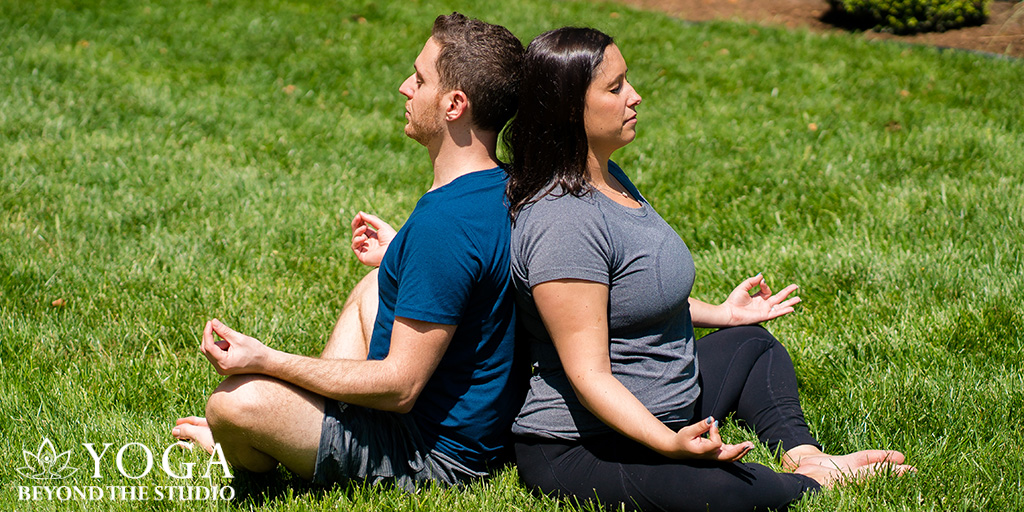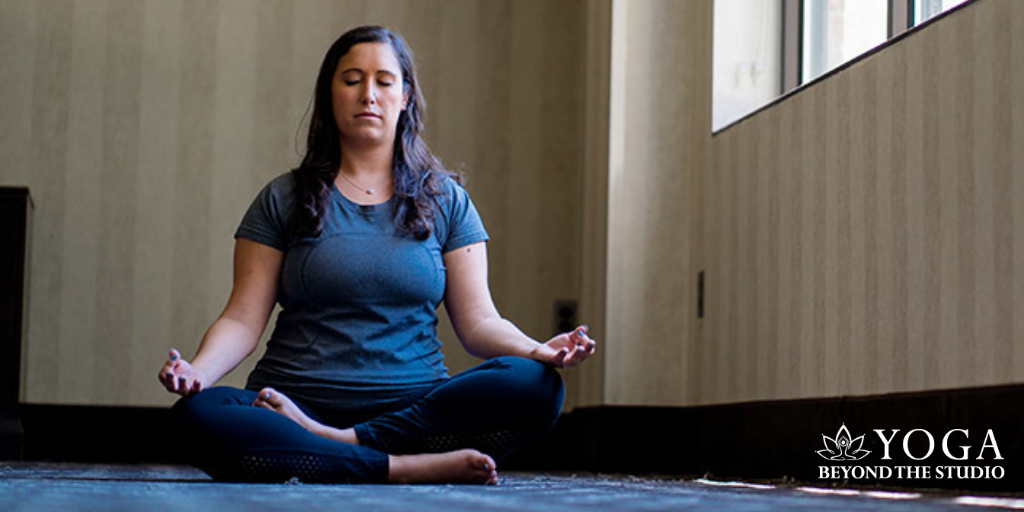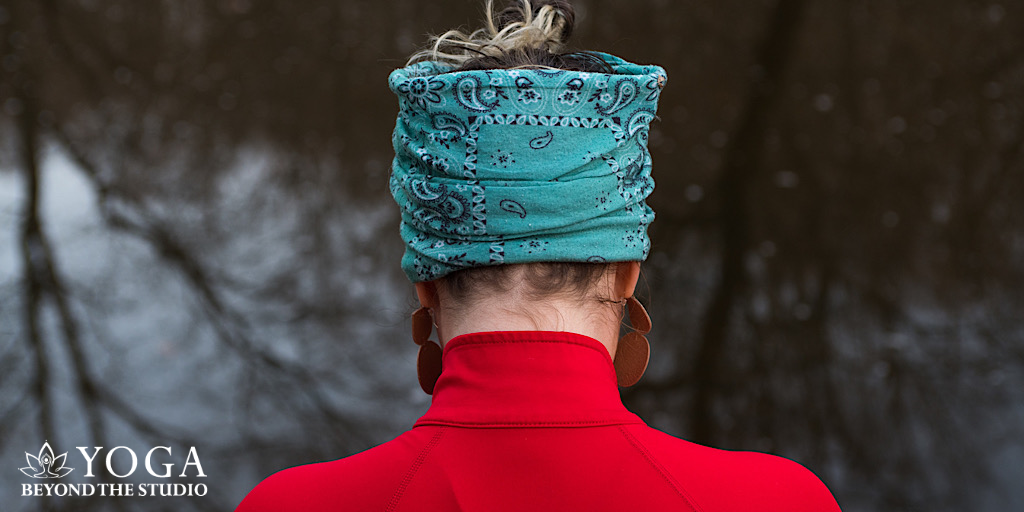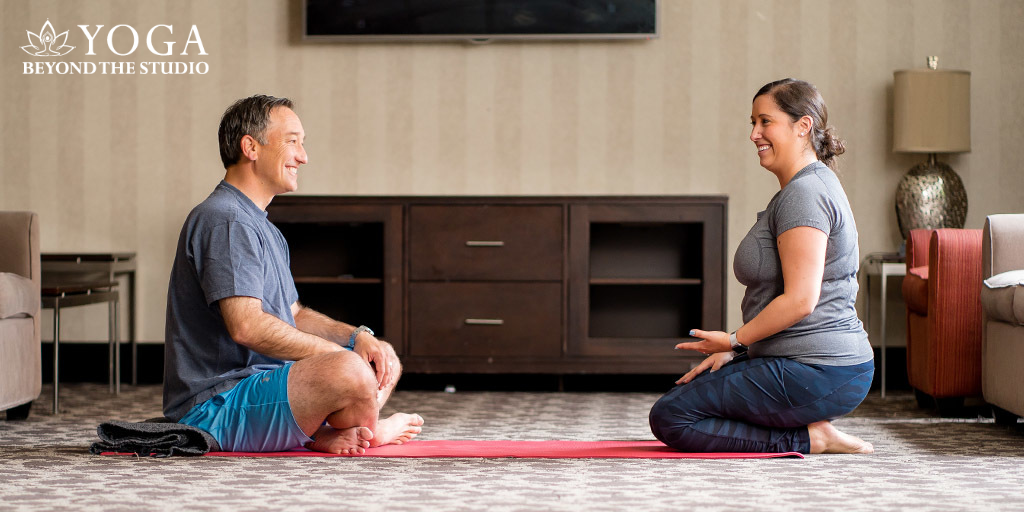
Are you expecting a little yogi in the near future? Are you wondering if prenatal yoga can help you stay healthy and fit?
Prenatal yoga classes have gained popularity in recent years, and for good reason. Many mamas would love to have an easier pregnancy and not have to work as hard to get back in shape after the baby arrives.
Here’s what you need to know about the benefits of prenatal yoga.
How Can Prenatal Yoga Help?
Some yoga classes can focus on more rigorous movement that promotes weight loss. Prenatal yoga focuses on breathing, gentle stretching, and postures. You may also use props such as blocks or blankets that help provide support and comfort.
If you experience shortness of breath during pregnancy, prenatal yoga can help you to manage it. Breathing can also help you work through contractions during labor.
Pregnancy can be a stressful time, and some expectant parents are more prone to worry than others. Anxiety can actually increase your risk for preterm birth and a smaller head circumference.
Yoga can help to reduce stress and anxiety by encouraging mental and physical relaxation. It may also serve to release muscle knots and other forms of tension.
If you’re worried about losing muscle tone during pregnancy, know that prenatal yoga can help keep muscles strong. It can also help to strengthen your pelvic floor and abdominal core in preparation for the birthing process. This can help to minimize the aches and pains you may feel during pregnancy.
Common pregnancy complaints, such as insomnia, nausea, and headaches, tend to ease up during pregnancy when an expectant mama is doing yoga. It helps to bring much-needed oxygen to you and your baby.
A prenatal yoga class at least once a week is a great way to begin learning to take time out of your busy schedule to bond with your baby and focus on self-care. It can also help you to stabilize your moods and even manage your prenatal weight gain.
What Can You Expect In A Prenatal Yoga Class?
Like most yoga classes, your prenatal yoga session will probably begin with a period of rest and inward focus. Next, you’ll enjoy a brief warmup that will get your limbs and muscles moving.
Many prenatal yoga classes involve a standing vinyasa flow. It will emphasize deep, diaphragmatic breathing that can eventually help during labor.
You’ll also focus on some pelvic floor and abdominal movements designed to strengthen your core. In addition, you’ll incorporate hip and chest opening poses. Some of the poses may be similar to those experienced in a traditional vinyasa class, but they will be modified for your safety.
Prenatal yoga classes will then help you lengthen and relax your muscles through gentle stretching. After all of your work, your instructor will help you relax in a “savasana,” where you will simply lie still with your eyes closed. The pose will be modified depending upon your stage of pregnancy.
You may use a bolster and blanket to support the savasana experience. It can help you achieve some much-needed total relaxation!
What Are Some Safety Tips For Prenatal Yoga?
As with any exercise, make sure you stay well-hydrated while you work out to prevent overheating. You should also do a “talk test,” meaning that you shouldn’t be working out so hard that you can’t have a conversation.
Most prenatal classes are careful to avoid poses where you lay on your belly or advanced inversions. This is because some of the hormones released during pregnancy can cause balance issues.
Experts recommend using a space with good airflow and avoiding deep twists. You should be mindful during any stretch and avoid overextending. Stop whenever you feel pain.
Overall, yoga for expectant mamas should be relaxing and invigorating. Don’t fight your body as expands to make room for your new baby. The best yogis are healthy and strong while they expect their new arrival.
Poses for Prenatal Yoga
We’ve compiled a set of articles that include poses that you can do before, during, or after pregnancy.
Make sure you clear these poses with your doctor before practicing to ensure that they are safe for your pregnancy stage.
- 6 Beginner Yoga Poses for Lower Back Pain
- Yoga for Anxiety: 7 Poses That Can Help Center You
- 9 Beginner Yoga Stretches for Hips
- Yoga For Neck Pain: 10 Poses to Try at Home
What Are The Benefits of Private Yoga Classes?
Some expectant parents prefer private yoga classes to group instruction. This offers a number of benefits.
When you’re expecting, your physical needs and limitations are constantly changing from month to month. Personalized classes allow your instructor to tailor your stretches.
You can also talk to your instructor about how you specifically are feeling. For example, you may be nauseous or need an energy boost.
Your instructor won’t have to worry about excluding anyone when they customize exercises to meet your needs. You also won’t have to waste time waiting for them to work with others who are performing exercises you don’t need help with.
Many expectant mothers have other children, jobs, and extended families that they are responsible for. A private yoga instructor means that you won’t have to scramble to get to a yoga class when it’s offered. You can simply schedule one when it’s convenient in the comfort of your home.
Physical adjustments can be made right away when you’ve got a private instructor. They can also help you with breathing and deepening your practice in any way you want.
Some yogis also prefer online instruction, as it allows them even more personal space and freedom. In today’s world, there are no limits to the situations for fitness classes. Everyone can be as comfortable as possible.
Stretching On
Prenatal yoga can be one of the best things you will do for your body and baby. With the right instructor and the right approach, you could be on your way to a healthy pregnancy and delivery in no time.
Don’t stop getting smart about prenatal yoga now. For online private yoga classes with links to work one-on-one with an instructor who will focus on your safety, contact us today.







Comments